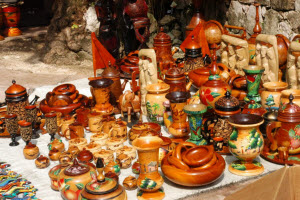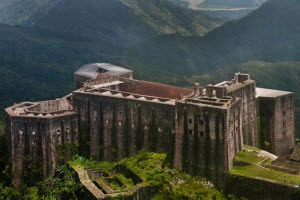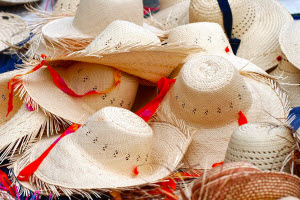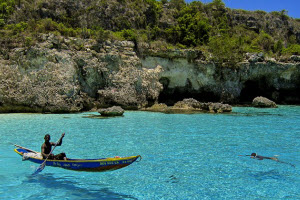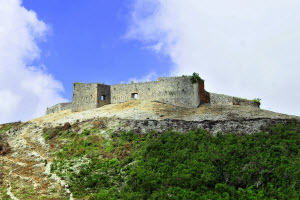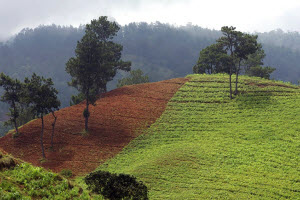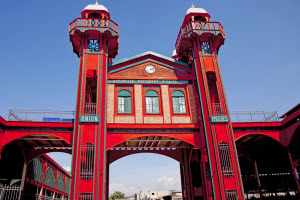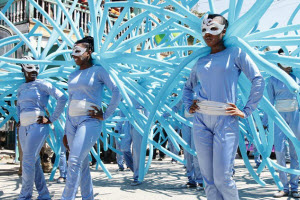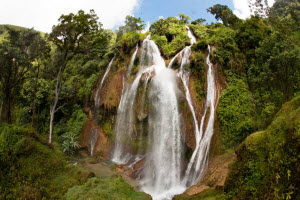Haiti Land of Escapism
Places to visit
The Iron Market
The Iron Market—also known as Marche Vallière or Marché Hyppolite—is considered an architectural chef d’oeuvre of priceless artistic and historic value. Often deemed “the landmark of Port-au-Prince,” it was inaugurated in November 1891. 121 years later, this landmark has been restored and its architecture still recalls the style of old-fashioned Par- is shopping centers of the past. The Iron market is a historic site teeming with life, a place where both tourists and local consumers mingle as they shop for anything and everything from fresh produce and groceries to an eclectic variety of handicrafts.
Saint Pierre Public Park
On the site of Coupe-Chardonnière, just eight kilometers outside of Port-au-Prince, the law of September 23 1831 establishes the city named Pétion by then President Boyer, in tribute to the founder of the republic. A Places d’Armes is set up on the northern edge of the new city. Its transformation into a public park does not take place until 1935. Saint Pierre quickly became one of the loveliest public parks in Haiti. The parish church, administrative offices, the headquarters of the Pétion Ville police, the charming Kinam Hotel, and a number of public and private schools surround it. Saint Pierre is a great place to relax and meet people; it’s a great place to take a nice walk in the heart of Pétion Ville. It is also home to a flower market where you will find a wide selection of flowers for purchase.
Paintings, sculptures and other handicrafts can be purchased along some of the sidewalks opposite parallel to the park.
Noailles Village
Noailles Village is located in the heart of Croix-des-Bouquets city (8.0 miles northeast of Port-au-Prince). In this quiet small town, the hammering sounds of pounding chisels resonate as metals are shaped and bent to the whim of their creators’ imaginations. The metal work tradition in this area began in 1956 with just one blacksmith, then a cross maker for the local cemetery.
Today, Noailles village is home to dozens of craftsmen making it the center for carved iron crafts; it offers the largest variety of carved iron sculptures in Haiti. Visit the workshops at village Noailles and interact with the artisans. Put on your bartering hat and negotiate prices before you make a purchase. If you’ve got a few days ahead of you, you can even have a piece custom made to your liking.
Canne a Sucre Historic Park
Located on 15 Octobre Blvd in Port-au-Prince, on the site of the former Chateaublond sugarcane plantation once also President Tancrète Auguste’s center for sugar production, the Canez Foudation Park traces the story of Haiti’s sugarcane. Uncover bits of Haiti’s history alongside the evolution of sugar industry production technology. Within the Museum’s enchanting setting, talented guides will help you discover period bells, mills, boilers, barrels, ovens, fireplaces, aqueducts, a production plant and locomotive; listen as they come back to life before your very eyes.
The park hosts many concerts (at least 24 per year), event information for these is available either online or in local newspapers. Onsite restaurant, Le Relais, offers delicious Creole dishes as well as freshly pressed sugarcane juice. Depending on the time of your visit, this site can be excessively noisy or quiet and serene.
Fort Jacques
Following the proclamation of Haiti’s independence, General Alexandre Pétion had a fortification built in the district of Grand Fond (a dozen or so miles from Port-au-Prince). This fortification was given the name Fort Jacques, in honor of Republic General, Jean Jacques Dessalines. Fort Jacques has since withstood the ravaging tests of time and although it was erected for its strategic military position, it never witnessed any armed struggles. Today, Fort Jacques is a reminder of the environment in which soldiers lived at the time, locked behind fortified defensive walls. This fort is also a symbol of the mastery of its engineers, who adapted the art of fortification building to the morphology of Haiti’s mountainous terrain. From Fort Jacques, visitors have a view on the entire bay of Port-au-Prince. The trail through the pine forest is very pleasant. Don’t miss May 18 (Haitian Flag Day) festivities where a pilgrimage, fair and music concerts are organized annually.
The Arcadins Coast
The Arcadins coast is a long stretch of white sandy beaches, located just 45 minutes north of Port-au-Prince (Via Rte Nationale #1). A public beach is available to visitors looking for reduced price beach adventure but for a few dollars more, entry is granted at a string of nearby private hotels & resorts, which offer other amenities such as bathrooms, fine Creole dining and fresh water pools. Fresh catch-of-the-day fish and seafood are available along the beaches of the Arcadins Coast. Buy directly from fishermen on the beach and don’t forget to try the local pikliz sauce (lemony hot sauce) with your plate of grilled conch. Seawaters along the Arcandins coastline are usually calm and transparent, making the area a prime location for snorkeling and water sports. It’s important to note that in general, beaches and pools are not monitored by lifeguards.
The Saut d’Eau Waterfall
Saut d’Eau owes its name to a waterfall called “Le Saut” (French for “the pail”) which cascades down from mount Terrible in the Center Department of Haiti. Saut d’Eau is a region rich in water and vegetation. The city has increasingly become a touristic center, receiving thousands of visitors year round. This city is a veritable tourist hotspot receiving thousand of visitors who come to appreciate the charming falls and to discover the deepest roots and traditions of Haitian Voodoo. Dubbed “city of Happiness,” Saut d’Eau is a well-known sacred site of voodoo pilgrimage. On July 16, a curtain is lifted and the true meaning of Saut d’Eau is revealed at the annual celebration of the city’s local patron saint, Mary of Mount Carmel. If you’d like to visit Saut d’Eau during this celebration, do plan to arrange for accommodations ahead of time as lodging space is limited.
Cap Haitian
Known as Haiti’s second capital, Cap Haitian is the North department’s urban pole. Famous for its concentration of historical monuments, this city and its surrounding areas is one a rare few Haitian cities thriving from their tourism based economy. Picturesque Caribbean beaches and a long list of Haiti’s most famous monuments, including the world heritage site of Citadel La Ferrière, have all contributed to making Cap Haitian a world-class vacation destination. In fact, Cap Haitian welcomes a greater number of international visitors than anywhere else in the country. This city of Cap Haitian is unique and its particularly well-preserved French colonial architecture is certainly worth a look.
The Cap Haitian International Airport, the second largest in the country, offers several daily flights to and from Port-au-Prince as well as international flights to and from other neighboring areas such as Florida, Providenciales and other destinations in the region.
The Historic National Park
Created by presidential decree in 1978, Haiti’s Historic National Park is located in the mountains of the North Department and was recognized as a world heritage site by UNESCO in 1982. It’s home to Citadelle La Ferrière, one of the most imposing fortresses built in the American continent. Also included in this park are the Sans Souci Palace, the Royal Parish Church or the Milot Chapel as it known today, the Queen’s gardens as well as the King’s Palace. These universal symbols of liberty set against a lush natural setting are the first monuments of Haiti’s independence.
You’ll have to hike up some pretty steep hills (45 minutes) to reach Haiti’s legendary Citadel. For the less athletic visitors, locals in the area offer donkey or horseback rides up the to the Citadel to facilitate the climb up the hill. Pick up a souvenir for your friends and family; there are plenty of craft sellers offering that special keepsake that’s just right for you.
Labadee Village
Ranked among the most beautiful villages of Haiti, Labadie is known as the most stunning and exclusive stop in the Caribbean Sea. Located 5km northwest of Cap-Haitian, this fishing village is a private beach where Royal Caribbean Cruise Line ship dock regularly. Labadee is only accessible by boat cruise.
Luckily, Not far from this idyllic site, there are other hotels and beaches to visit; all of which are accessible by car. In particular, the luxurious Cormier hotel offers service and hospitality that rhyme with comfort and price.
Also, Sea lovers with a thirst for adventure can catch a small boat taxi near the Labadie waters and venture off to discover other nearby and/or surrounding islands. Don’t forget to put on your lifejacket and bring plenty of water to keep you hydrated!
Bassin Bleu
Bassin Bleu is perhaps the site that inspires the most admiration in the South East of Haiti. The Bassin Bleu adventure includes both gorgeous waterfalls and interesting caves. A local guide will head the 45 minute hike to reach this fall, wear a good pair of sneakers or sport shoes, as the terrain can get quite rocky. You can also go in a 4×4 vehicle. Bring water and snacks if you plan on staying for a couple of hours. Please help Haiti protect this natural gem by being responsible with trash. The fresh water at Bassin Bleu is refreshingly cold and the falls are distributed among three basins: Bassin Claire, Bassin Bleu and Bassin Palmiste. This natural scene is second to none, an excellent day trip option if you are spending some time in the South East of Haiti.
Raymond les Bains
Raymond les Bains is a popular beach located on the road towards Marigot, just 9.3 miles outside downtown Jacmel. This small slice of paradise in lined with coconut trees. Many local beach cooks offer their freshly grilled fish & conch, served with boiled or fried plantains and/or other seasonal side dishes. The atmosphere there is friendly and relaxing. Raymond les Bains is a hotspot for visitors and locals alike. This beach’s exceptional location makes it a great place to enjoy your favorite water activities, including boogie boarding and surfing. The undertow in this area is known to be dangerous, use caution when swimming at Raymond Les Bains. Swimming alone is not recommended.
Ti Mouillage Beach
Ti Mouillage is one of Jacmel’s most beautiful beaches. Her striking landscape lined with coconut trees set against a background of towering mountains have made it a popular Haiti destination for both locals and tourists. Ti Mouillage is located near the L’Amitié Hotel, just 17Km outside of Jacmel. Take a good swim or plan to go out Tuna fishing, or perhaps you could just lie on the beach while sipping coconut water and catching some sun. Remember that undertows in Haiti’s South East beaches are known to be dangerous; swimming alone is not recommended. Spend an active holiday in Ti Mouillage with friends and family. There are a number of charming boutique hotels in area as well as interesting restaurants and bars such as Lolo’s in Kabik and La Colline Enchantée Hotel in Marigot.
Ile-à-Vache (Cow Island)
Ile-à-Vache is a 128 km2 island bathing in the clear water of the Caribbean Ocean, just 5.5 nautical miles off the coast of Les Cayes city. From Port-au-Prince, Les Cayes is easily accessible by car and Chartered flights arrive to the regional airport. You can take a 20 minute boat ride to island from the port of Les Cayes. Historically, Ile-à-Vache was a refuge for pirates and buccaneers earning her the nickname “Treasure Island.” If you’d like to visit Ile-à-Vache, it’s important to plan ahead. There are currently only two private hotels/resorts on the island and as such, accommodations are limited and must be booked ahead of time. Ile-à-Vache is truly a get away, like being on a gorgeous desert island with a warm community of folks and fine creole and international cuisine. Don’t miss the unforgettable sunsets, they can be enjoyed from almost anywhere on the island.
Saut Mathurine Waterfall
The Saut Mathurine waterfall is located in the town of Camp Perrin, in the South Department of Haiti. This beautiful waterfall is 100 feet or so wide and drops down 90 feet (approx). The falls are fed by the Cavaillon River and aid in the local the production of electricity. If you are staying in hotels near les Cayes or Port-Salut, Saut Mathurine waterfall is a great day-trip destination. Plan to picnic or seek out a local Camp Perrin restaurant for good eats. Her waters are always cool and crisp and the surrounding areas lush with vegetation. If you’ve visited Saut Mathurine, you’ll surely agree that the beauty it showcases could challenge the likes of wonderful waterfalls the world over.
Port-Salut
The town of Port-Salut is known for its dream like beaches such as Plage Dauphinée. Port-Salut is also known for the culture of vétiver and essential oils. It is located 30 minutes outside of Les Cayes and is accessible by road via Rte National #2 from Port-au-Prince. If you’re driving there from the capital, be sure to head out early, because the car ride will easily last 4-5 hours. Be sure to arrange transport to your final destination ahead of time. Many of Port-Salut’s hotels will be glad to arrange pickups from the airport. There are a variety of boutique style hotels in the area with a limited number of rooms; be sure to book accommodations before your arrival, as hotels in this area tend to sell out quickly.
Hotels & Restaurants
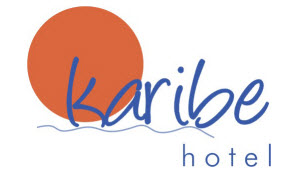 Karibe Hotel
Karibe Hotel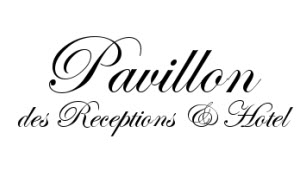 Pavillon des Réceptions et Hotel
Pavillon des Réceptions et Hotel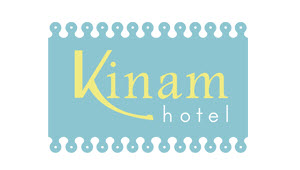 Kinam Hotel
Kinam Hotel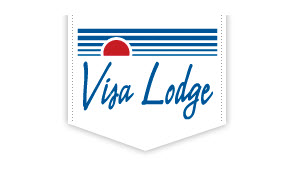 Visa Lodge
Visa Lodge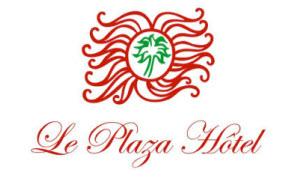 Le Plaza Hotel
Le Plaza Hotel Allamanda Bed and Breakfast
Allamanda Bed and Breakfast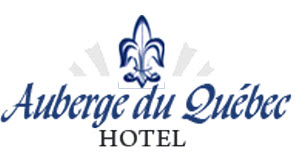 Auberge du Québec
Auberge du Québec B&B Comfy Inn
B&B Comfy Inn Best Western Premier
Best Western Premier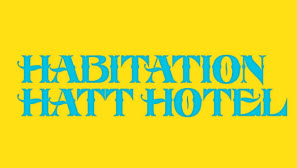 Habitation Hatt Hotel
Habitation Hatt Hotel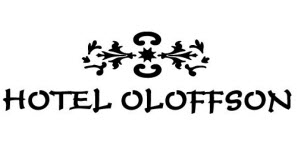 Hotel Oloffson
Hotel Oloffson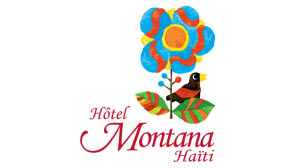 Hotel Montana
Hotel Montana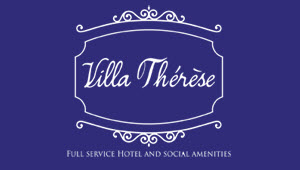 Hôtel Villa Thérèse
Hôtel Villa Thérèse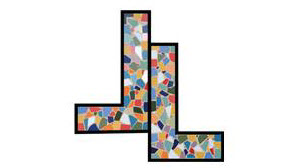 La Lorraine
La Lorraine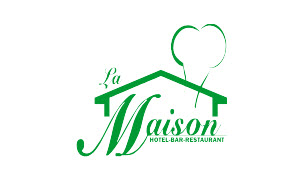 La Maison
La Maison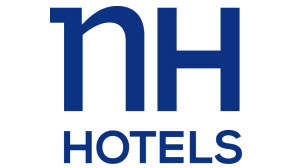 NH Haiti El Rancho
NH Haiti El Rancho Palm Residence
Palm Residence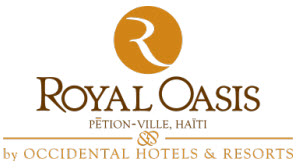 Royal Oasis
Royal Oasis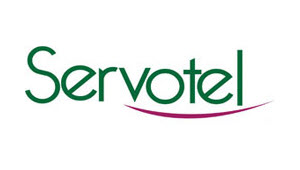 Servotel
Servotel The Inn at Villa Bambou
The Inn at Villa Bambou Le Recul Hotel
Le Recul Hotel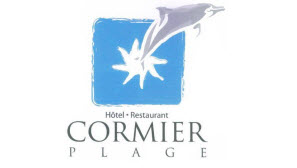 Cormier Plage
Cormier Plage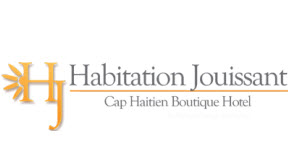 Habitation Jouissant
Habitation Jouissant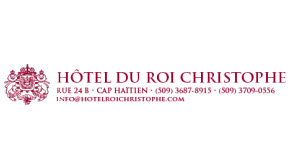 Hotel du Roi Christophe
Hotel du Roi Christophe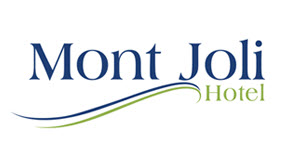 Hotel Mont Joli
Hotel Mont Joli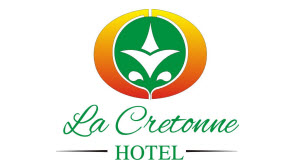 La Cretonne
La Cretonne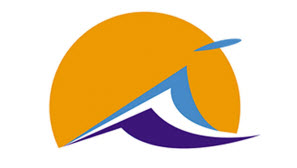 Club Indigo
Club Indigo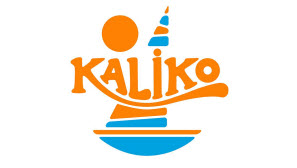 Kaliko Beach
Kaliko Beach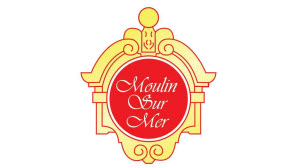 Moulin sur Mer
Moulin sur Mer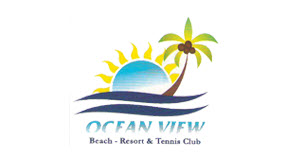 Ocean View
Ocean View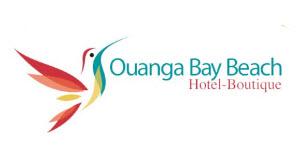 Ouanga Bay
Ouanga Bay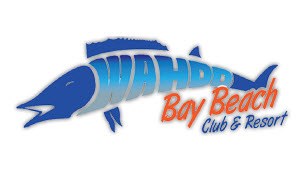 Wahoo Bay Beach
Wahoo Bay Beach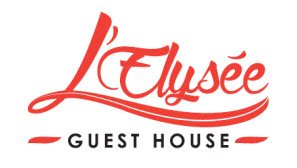 L'Elysee Guest House
L'Elysee Guest House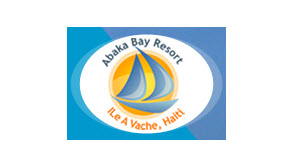 Abaka Bay Resort
Abaka Bay Resort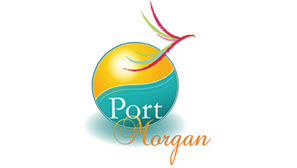 Port Morgan
Port Morgan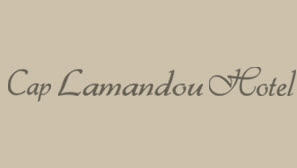 Cap Lamandou
Cap Lamandou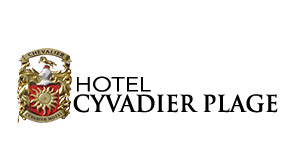 Cyvadier Plage
Cyvadier Plage Hotel Florita
Hotel Florita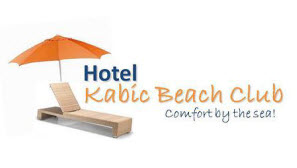 Hotel Kabic Club
Hotel Kabic Club Villa Nicole
Villa Nicole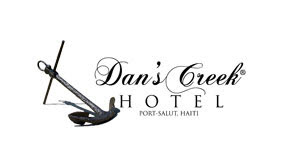 Dan's Creek Hotel
Dan's Creek Hotel
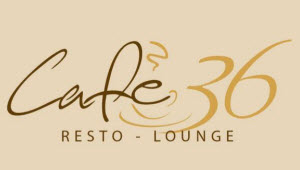 Café 36
Café 36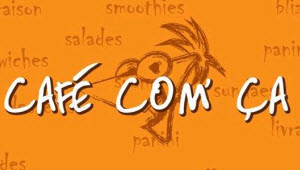 Café Com’ ça
Café Com’ ça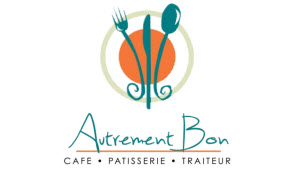 Autrement Bon
Autrement Bon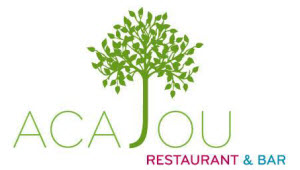 Acajou Restaurant & Bar
Acajou Restaurant & Bar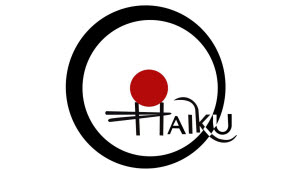 Haiku
Haiku Kanèl Restaurant
Kanèl Restaurant BèlFwi Fruit Mixes
BèlFwi Fruit Mixes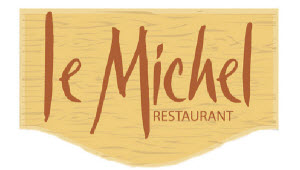 Le Michel Restaurant (Best Western Premier)
Le Michel Restaurant (Best Western Premier) The Shack
The Shack View Restaurant
View Restaurant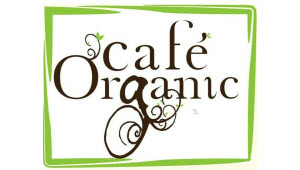 Les Jardins de Café Organic
Les Jardins de Café Organic The Backyard
The Backyard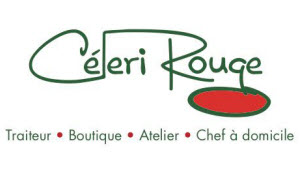 Céléri Rouge
Céléri Rouge Domino's Pizza
Domino's Pizza Garden Studio Sports Lounge & Grill
Garden Studio Sports Lounge & Grill Hang Bar & Grill
Hang Bar & Grill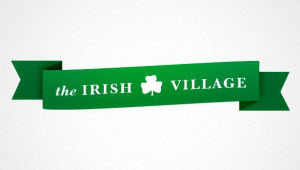 The Irish Village
The Irish Village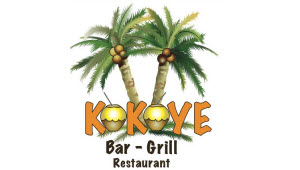 Kokoye Bar & Grill
Kokoye Bar & Grill La Plantation Restaurant
La Plantation Restaurant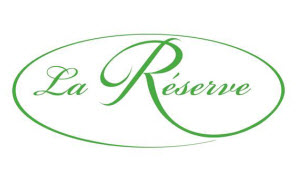 La réserve restaurant
La réserve restaurant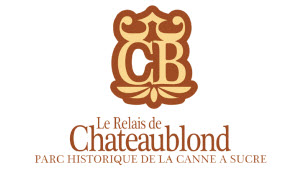 Le Relais de Chateaublond Restaurant
Le Relais de Chateaublond Restaurant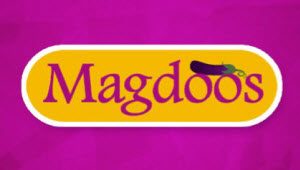 Magdoos
Magdoos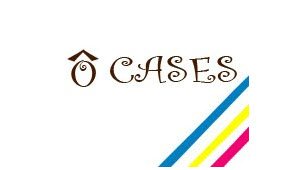 Ô Cases
Ô Cases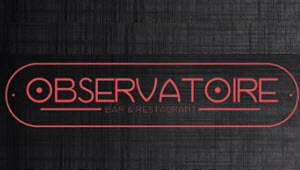 Observatoire
Observatoire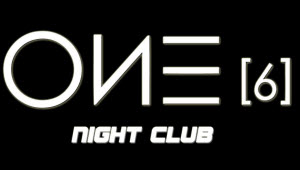 One 6
One 6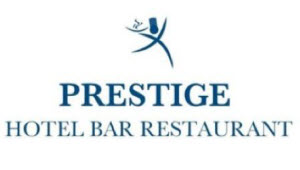 Prestige Hotel Bar Restaurant
Prestige Hotel Bar Restaurant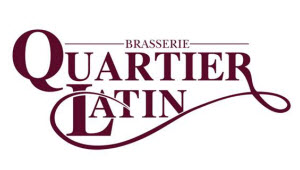 Brasserie Quartier Latin
Brasserie Quartier Latin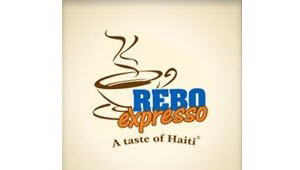 Rebo Expresso
Rebo Expresso Visa Lodge
Visa Lodge


